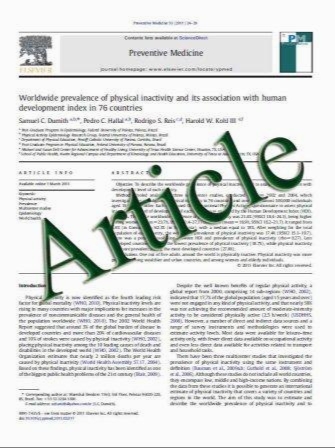Fracture behaviour of implant–implantand implant–tooth-supported all-ceramic fixed dental prostheses utilising zirconium dioxide implant abutments
- نوع فایل : کتاب
- زبان : انگلیسی
- مؤلف : Frank Philipp Nothdurft & Sabine Merker & Peter Reinhard Pospiech
- چاپ و سال / کشور: 2010
Description
This in vitro study investigated the fracture behaviour of implant–implant-supported and implant– tooth-supported all-ceramic fixed dental prostheses (FDP) using zirconium dioxide implant abutments (FRIADENT® CERCON® abutments, DENTSPLY Friadent). Six different test groups (n=8) were prepared. Groups 1, 2, 4, and 5 represented an implant–implant-supported FDP condition, whereas groups 3 and 6 simulated an implant–toothsupported FDP condition. The second right premolar of the mandible was replaced with a pontic tooth. In groups 2 and 5, implant abutments were individualised by circumferential preparation. XiVe® S plus screw implants (DENTSPLY Friadent) that were 4.5 mm (first molar) and 3.8 mm (first premolar) in diameter and 11 mm in length and metal tooth analogues with simulated periodontal mobility, representing the first right premolar, were mounted in a polymethyl methacrylate block. The FDPs were cemented with KetacCem (3 M Espe GmbH, Germany). Groups 4, 5, and 6 were thermomechanically loaded (thermal and mechanical cycling (TCML)=1.2×106; 10,000×5°/55°) and subjected to static loading until failure. Statistical analysis of data obtained for the force at fracture was performed using non-parametric tests. All samples tested survived TCML. In the implant–implant-supported groups, circumferential abutment preparation resulted in a tendency to lower fracture forces compared to groups with unprepared abutments (group 1, 472.75±24.71 N; group 2, 423.75±48.48 N; group 4, 647.13±39.10 N; group 5, 555.86 ±30.34 N). The implant–tooth-supported restorations exhibited higher fracture loads (group 3, 736.25±82.23 N; group 6, 720.75±48.99 N) than the implant–implantsupported restorationswhich did not possess circumferentially individualised abutments. Statistically significant differences were found when comparing the non-artificially aged groups. Implant–tooth-supported FDP restorations did exhibit an increased fracture load compared to implant–implantsupported FDP restorations.
Clin Oral Invest (2011) 15:89–97 DOI 10.1007/s00784-009-0359-0 Received: 14 July 2009 / Accepted: 24 November 2009 / Published online: 5 January 2010


